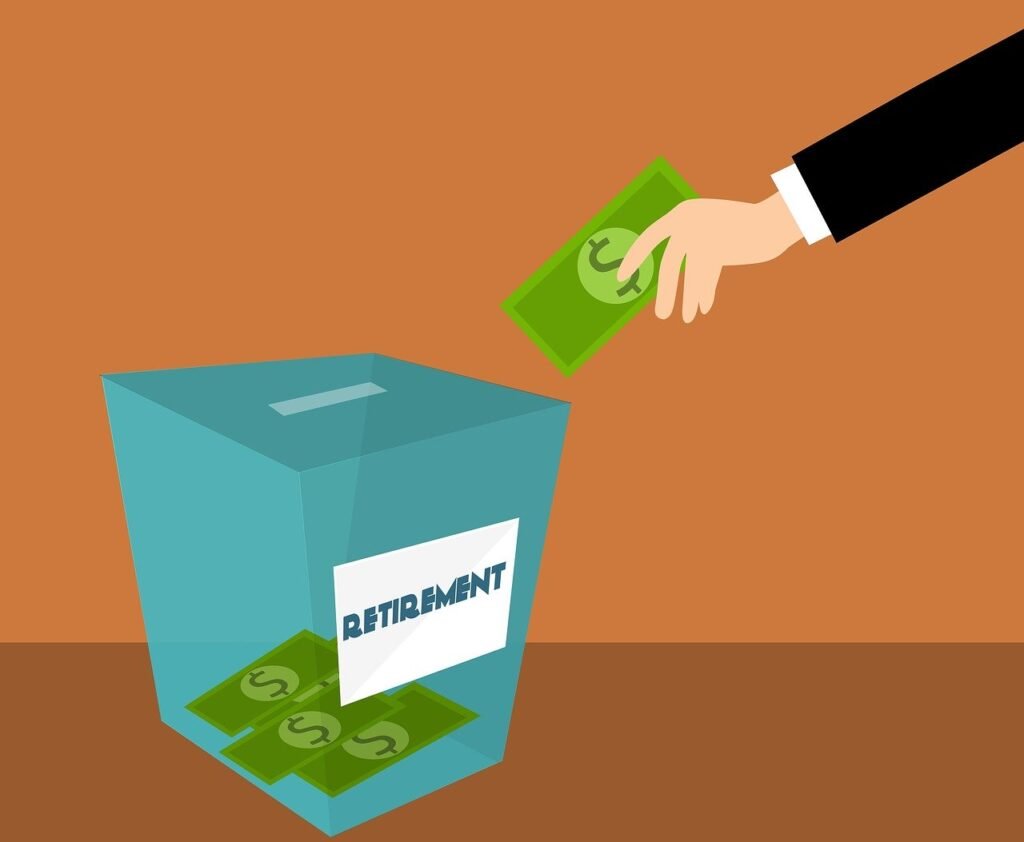Have you ever wondered what makes a thoughtful gift for someone retiring? Selecting the perfect retirement gift can be a wonderful opportunity to show appreciation, recognize achievements, and celebrate the next chapter in someone’s life. As your friend or colleague steps into this exciting new phase, you might want to give them something memorable and meaningful. This article will help guide you through various gift ideas that capture thoughtfulness and warmth, ensuring you choose a perfect present.

This image is property of pixabay.com.
Understanding Retirement
Retirement marks a significant transition in life, a time to reflect on past achievements and look forward to new beginnings. After years of dedication to their professions, retirees open a fresh chapter filled with leisure, personal pursuits, and perhaps a bit of adventure. Understanding this pivotal moment will help you choose a gift that aligns with their new lifestyle.
Setting the Tone with Personalized Gifts
Personalized gifts can add a special touch, making your present memorable and unique. From monogrammed items to custom-designed keepsakes, personalized gifts show that you’ve put thought and care into your selection.
Monogrammed Items
Items like leather journals, wallets, or desk accessories can be monogrammed with initials, adding a sophisticated and thoughtful touch to everyday objects.
Custom-made Artwork
Commissioning a piece of art that reflects their interests, hobbies, or significant life achievements can serve as a cherished memento. Whether it’s a painting of a favorite landscape or an artistic representation of their career, this can be a beautiful way to honor their journey.
Gifts to Inspire New Hobbies
Retirement often brings the opportunity to explore new interests and passions. Gifts that encourage your friend or colleague in trying something different can be both thoughtful and practical.
Creative Classes
Consider gifting a voucher for classes in painting, pottery, or photography. These can ignite a passion for creative expression and personal fulfillment, offering both enjoyment and a new skill set.
Gardening Kits
For those interested in the outdoors or sustainability, a gardening kit can be a delightful present. It offers a chance to unwind and discover the joys of nurturing plants.
Relaxation and Leisure Gifts
Retirement is a well-deserved break from years of hard work. Gifts that focus on relaxation and enjoyment can be perfect for those seeking tranquility in this new stage of life.
Spa Day Packages
A day at the spa provides the ultimate relaxation experience. Consider a gift certificate for a massage, facial, or a full day of pampering.
Luxury Travel Accessories
For those planning to travel, high-quality travel gear like luggage, organizers, or travel pillows can enhance their adventures in comfort.

This image is property of pixabay.com.
Celebrating Achievements with Memory Books
Compiling memories into a beautifully crafted book can be a heartfelt gesture. This can include photographs, stories, accolades, and messages from colleagues, celebrating the retiree’s career and contributions.
Digital Memory Books
Digital platforms offer convenient ways to design and customize memory books filled with personal and professional highlights. This allows for a personalized collection that captures the essence of their journey.
Inspiring Travel with Experience Gifts
Retirement can be a time to explore new horizons. Experience gifts can encourage travel and exploration, allowing retirees to create fresh memories.
Cultural Tours
An organized cultural tour or city exploration package could be an ideal gift for someone eager to travel and experience new cultures. This provides not just entertainment but educational value as well.
Cooking Classes Globally
Consider gifting an online cooking class from a different part of the world. It offers a taste of different cultures from the comfort of their home.

This image is property of pixabay.com.
Technology for Staying Connected
In today’s digital age, technology allows retirees to stay connected with loved ones and the world.
Smart Devices
Smartphones, tablets, or smart speakers can help them keep in touch, remain informed, or enjoy entertainment with ease.
Virtual Reality Headsets
For tech-savvy retirees, a VR headset can offer immersive experiences, from travel adventures to gaming, broadening the horizons of home entertainment.
Health and Wellness Gifts
Encouraging a retiree to maintain their health and wellness is important, and gifts in this category can be both practical and supportive.
Fitness Trackers
Devices that monitor activity levels, heart rates, and sleep patterns can help them stay on top of their health goals.
Home Exercise Equipment
Set them up for a new fitness routine with equipment such as yoga mats, resistance bands, or even an exercise bike.

This image is property of images.unsplash.com.
Gourmet Treats and Culinary Delights
For food lovers, a gift that tantalizes the taste buds can be perfect. Gourmet experiences can include everything from fine wines to artisanal pastries.
Gourmet Subscription Boxes
Regular deliveries of specialty items like cheeses, chocolates, or fine wines can keep their culinary adventures ongoing.
Cooking Kits
All-in-one kits for creating gourmet meals at home can inspire their inner chef and offer opportunities for trying new recipes.
Volunteering and Giving Back
Many retirees choose to dedicate their time to helping others. Supporting this endeavor with gifts that foster their ability to volunteer can be nourishing for the spirit.
Charitable Donations
Consider making a donation in their name to a charity they are passionate about. This not only honors their values but also extends goodwill to the community.
Volunteering Resources
Providing resources or recommendations for volunteer opportunities can connect them with projects that align with their interests.

This image is property of images.unsplash.com.
Elevating Celebrations with Party Planning
A retirement party is an opportunity to celebrate all they have achieved and what’s to come.
Organize a Themed Celebration
If you’re close to the retiree, organizing a surprise themed party can be a joyous and delightful farewell event.
Speech or Toast
Offering a heartfelt speech or toast can also make the celebration extraordinary. Sharing anecdotes and expressing gratitude will surely touch their hearts.
Preparing for a Joyous Future
Ensuring that your gift embraces the thrill of entering this new phase can make all the difference. As the retiree steps forward, your thoughtful present will resonate, offering a blend of reflection and excitement for what lies ahead.
Choosing the perfect retirement gift is about understanding the transition, the individual, and the significant journey they have taken. By selecting a gift that reflects personal taste, future ambitions, or shared memories, your thoughtfulness will shine through, helping them embrace this new chapter with joy and inspiration.



































































































